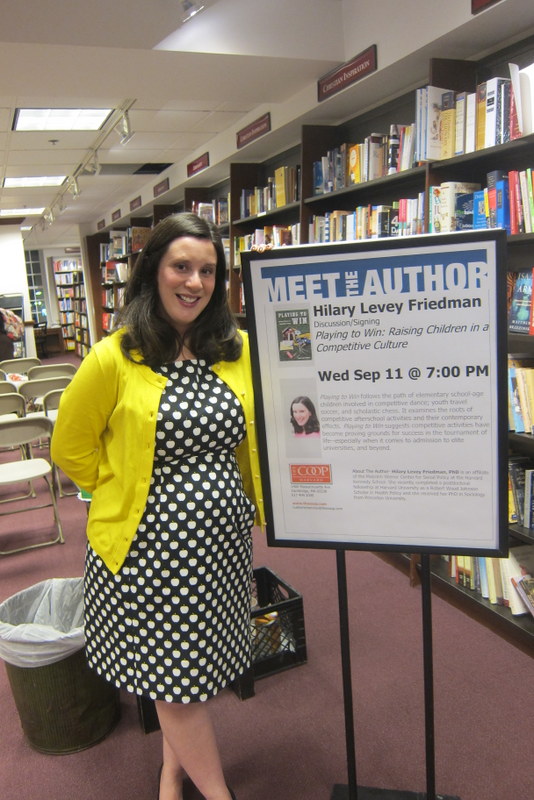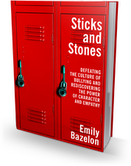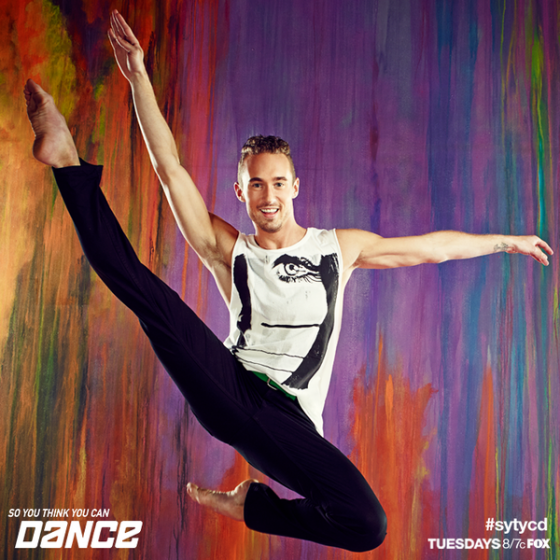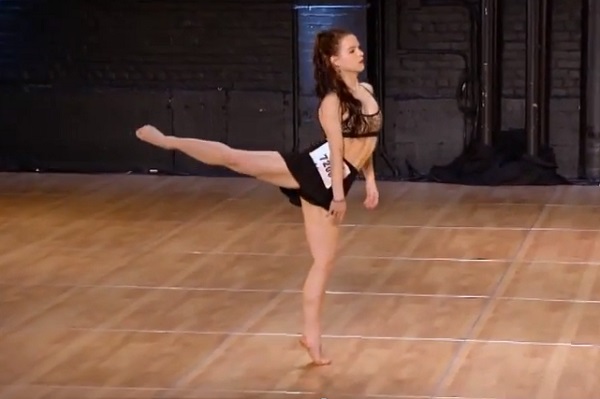I had heard that writing a book is only part of the bigger picture when a book comes out-- and people were right! "Properly" promoting a book is a full-time job, and often you are asked to write even more. While I haven't been writing original content for my blog so much these days, that's because I've been writing a lot at other places. Here's a quick round-up of pieces you might want to check out.
1) “The Problem with Prize Culture.” TIME Ideas.
2) “Do Your Kids Need More Competitive Capital?” Harvard Business Review Blog.
3) “How to Choose the Best Afterschool Activity for Your Child.” Mamapedia.
4) “The Rise of Private Hebrew Tutoring.” The Jewish Daily Forward’s Sisterhood Blog.
5) “Where It Hurts: The most common sports injuries for kids may surprise you.” The Boston Globe Magazine. Pg. 27.
[Researching PLAYING TO WIN inspired me to study youth sports injuries as a post-doctoral fellow at Harvard, in conjunction with researchers at Boston Children's Hospital and Princeton, as this was an issue on competitive dance and soccer. Our first paper out of the project was released last month in The American Journal of Sports Medicine, and more will hopefully be out soon. But this is such an important issue for parents with kids involved in any type of physical activity!]
I'm also gratified that the book has been getting a nice reception from readers and fellow social scientists. Please check out my review in Publishers Weekly! My favorite lines here include, "This impressive study... Friedman provides great insight... This study is vital reading for parents and educators interesting in how the American idea of winners and losers is trickling down to the next generation." The book also got some nice coverage on orgtheory, and I am extremely excited to reach a great group of parent readers through The Brilliant Book Club: Illuminating Reads for Parents over the next several weeks! You can also check out how PLAYING TO WIN fared doing The Page 99 Book test!
Hope you can come meet me in person at one of the book signings I have scheduled!
I'll even read for you:
 Check out more pics from recent events, like this one, here.
Check out more pics from recent events, like this one, here.
And, if you can't, please send me photos of where you are reading PLAYING TO WIN!







